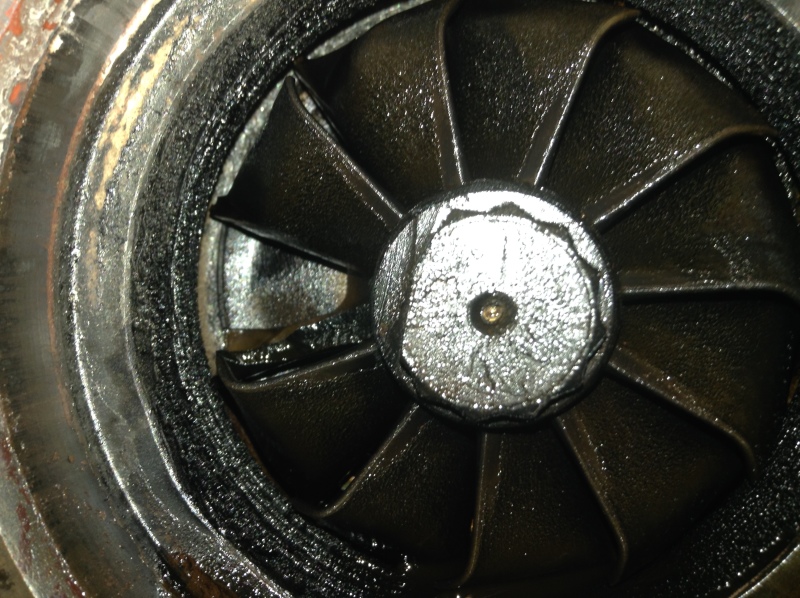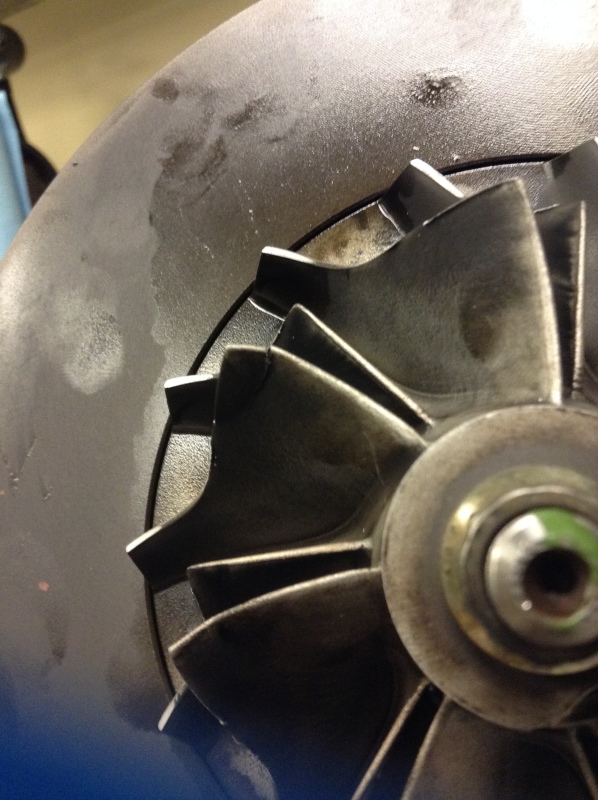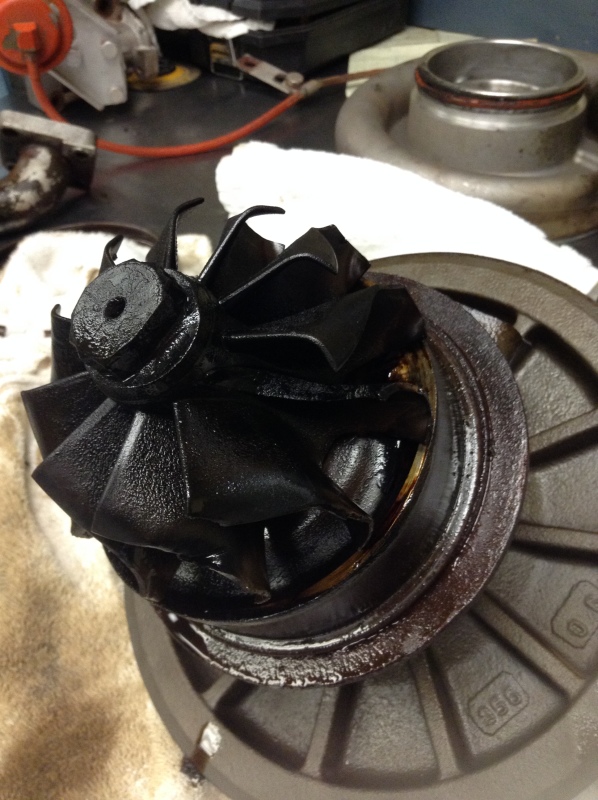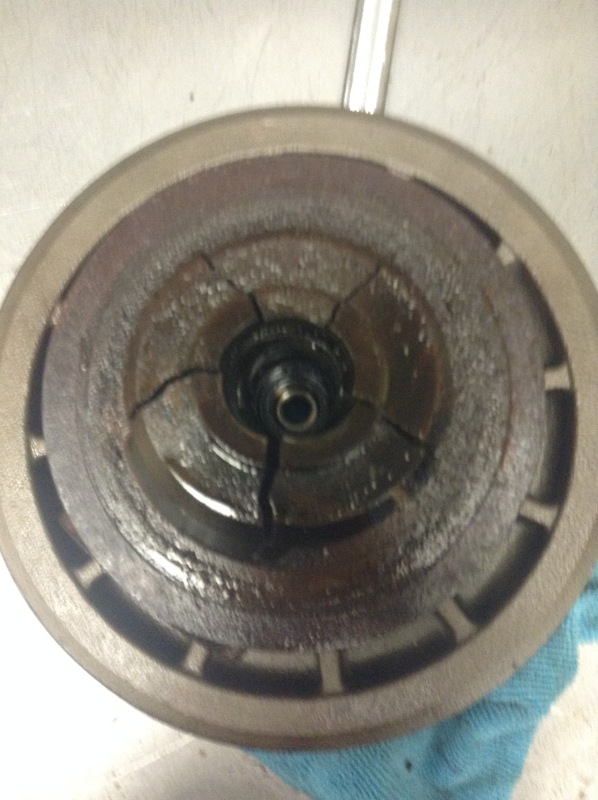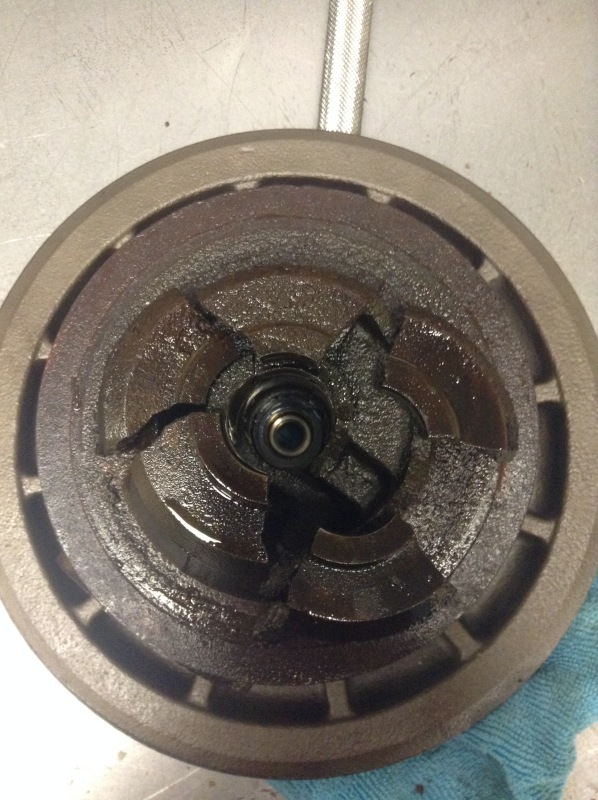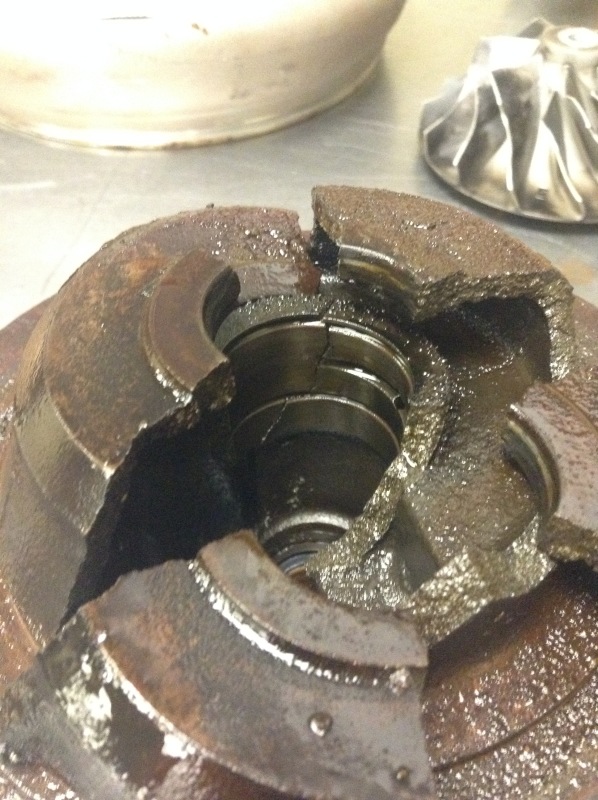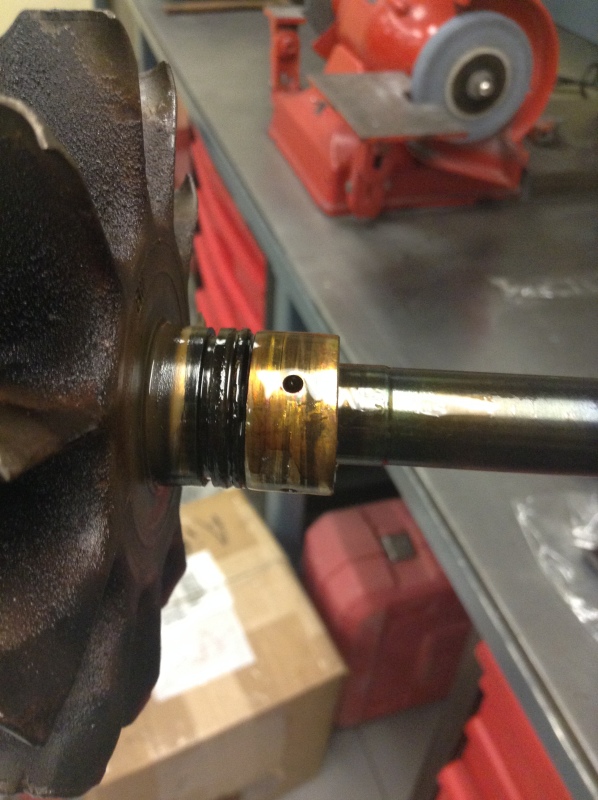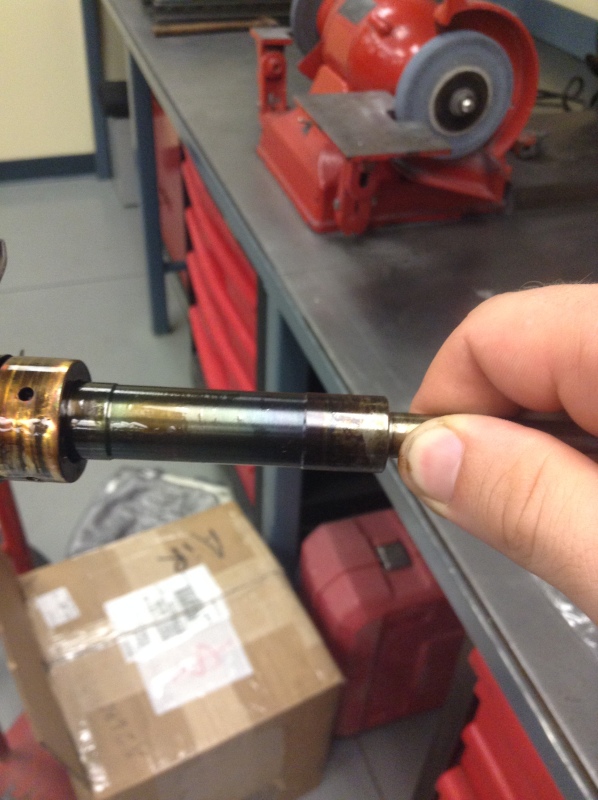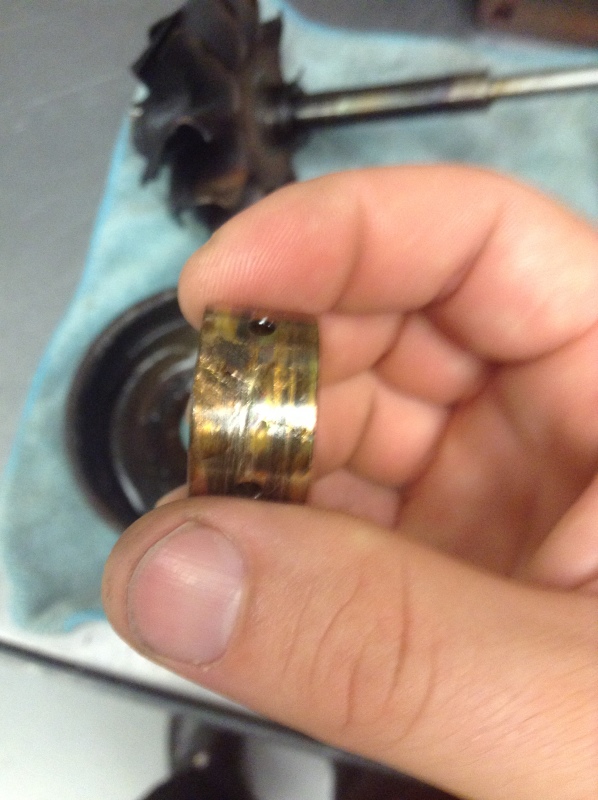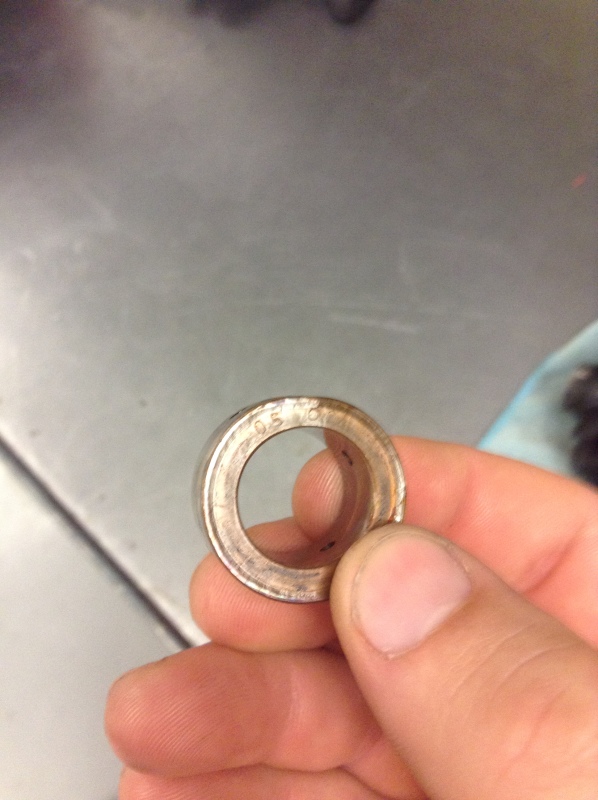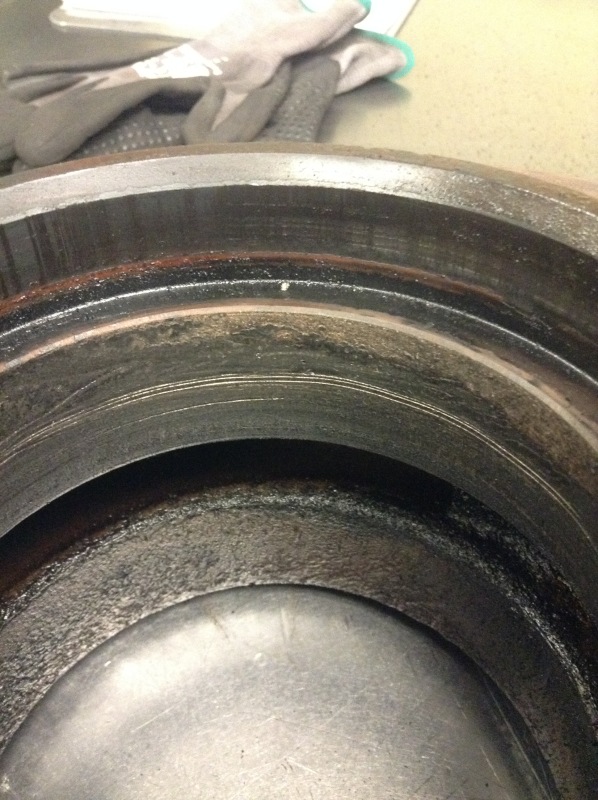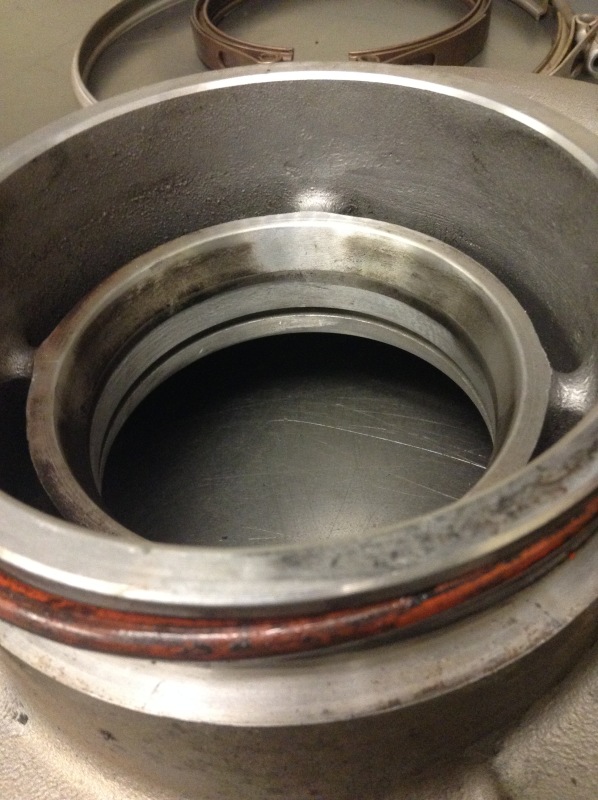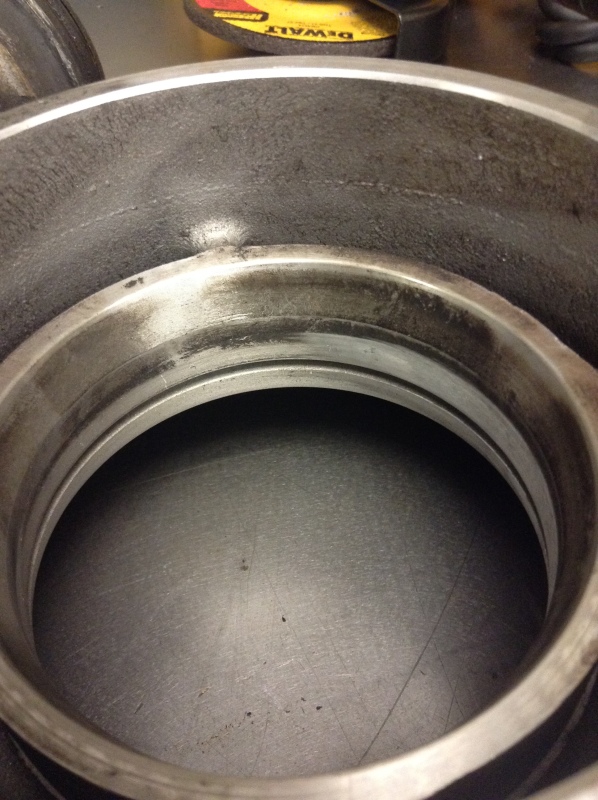Danandersen
Mechanical
- May 12, 2015
- 36
Hi Guys,
I know I don't post often, but I really appreciate everyone's effort to help others.
I ran into a problem with my Turbo the other day - the bearing just snapped right off.
Does anyone have any idea why that would be?
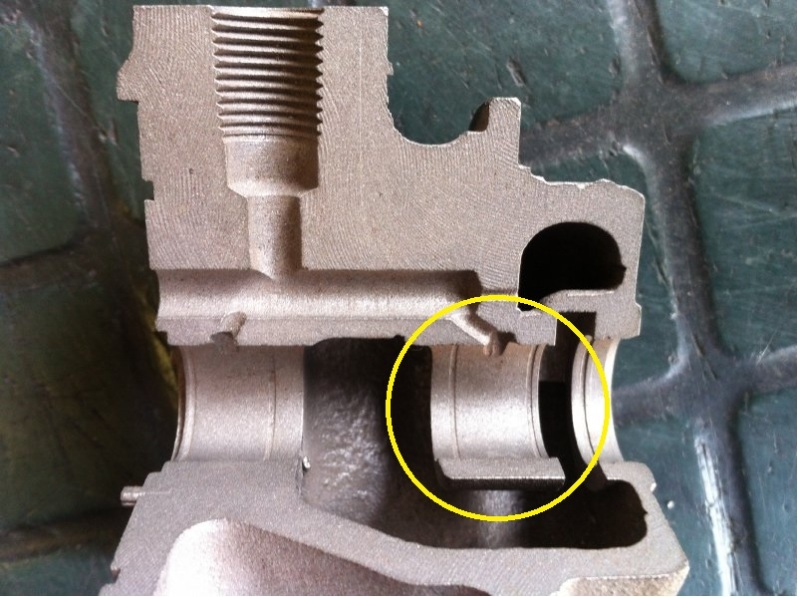
I know I don't post often, but I really appreciate everyone's effort to help others.
I ran into a problem with my Turbo the other day - the bearing just snapped right off.
Does anyone have any idea why that would be?


